Virginia Chan's six offbeat experiences in Hong Kong
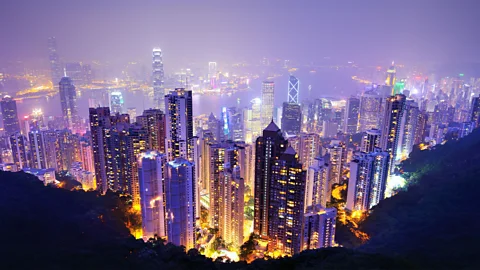 Sean Pavone/Alamy
Sean Pavone/AlamyFrom hiking to Lion Rock to shopping for embroidered shoes, these insider picks will help you discover a different side of one of the world's busiest cities.
Hong Kong has no shortage of iconic experiences, from chugging gently across Victoria Harbour on board a historic Star Ferry to taking the Peak Tram up to Victoria Peak, before being rewarded with dazzling views of thousands of skyscrapers extending across the cityscape.
Checking out bustling food markets or simply wandering the densely packed streets are other ways that visitors take the pulse of the city, but tour guide Virginia Chan has plenty of offbeat (and off-the-beaten-track) tips to discover unique sides to Hong Kong, away from the crowds.
Here, she shares six of her favourite offbeat Hong Kong experiences that visitors to the city shouldn't miss.
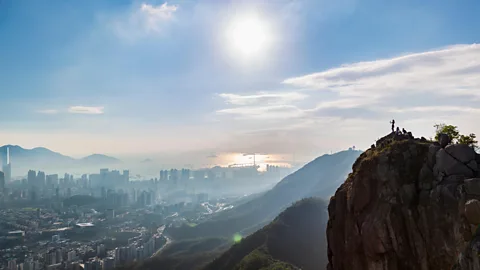 Westend61 GmbH/Alamy
Westend61 GmbH/Alamy1. Best way to escape the city: Hike to Lion Rock
With more than 9,000 high-rise buildings, most visitors assume that Hong Kong is a urban concrete jungle. However, 40% of the region's land is designated as country parks, offering a stunning array of open-air experiences – especially hiking.
At 490m, Lion Rock forms the imposing backdrop to the Kowloon district and gets its name because it is said to look like a lion sitting on a rock when viewed from afar. It's also one of Chan's favourite spots.
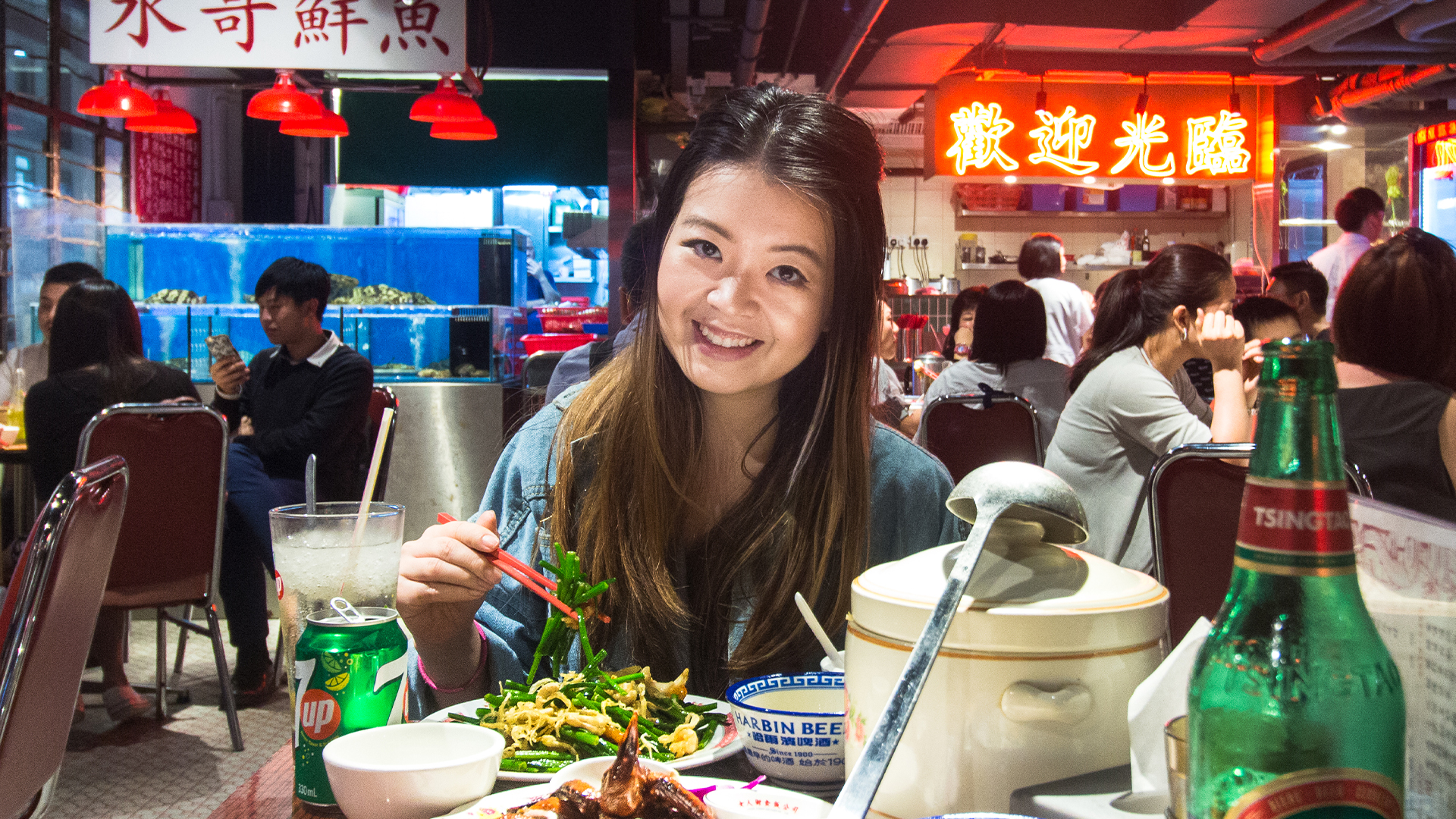
The SpeciaList
A first-generation Canadian-born Hong Konger, Chan founded Humid with a Chance of Fishballs Tours in 2017, which specialises in Hong Kong food tours and mahjong classes.
"Lion Rock offers amazing panoramic views over Kowloon, towards Victoria Harbour and Hong Kong Island in the distance… Lion Rock is said to represent the resilient spirit of the Hong Kong people, passed down from generation to generation.
I begin from the Wong Tai Sin neighbourhood and it takes me about 2.5 hours to complete the hike. There's some rugged terrain and stairs which at points include steep, big stone steps – but it's doable and well worth the reward.
"With the city's heat and humidity, hikes in Hong Kong aren't just a walk in the park, so do make sure you have enough water and sun protection because some areas aren't under cover," Chan added. "I also wouldn't recommend doing it if it's damp or rainy, as the steps can be slippery."
Fun fact: Near the trail's start, Tsz Wan Kok Temple is decked in vibrant murals illustrating the 18 levels of hell in Taoism. It's a humourously apt sight, given the hike that lays ahead!
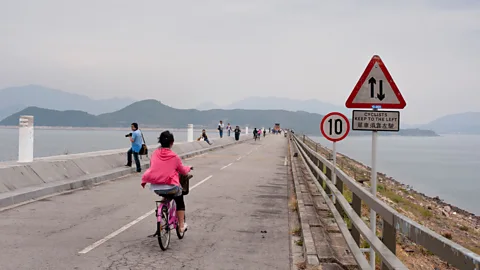 Kees Metselaar/Alamy
Kees Metselaar/Alamy2. Best experience on two wheels: Bike from Tai Po to Tai Mei Tuk
A combination of steep roads, a lack of cycle lanes and punishing heat and humidity means that you don't see many cyclists in Hong Kong.
It also explains why dedicated cycling areas are very popular, especially with young families. One such spot is located in north-east Hong Kong: a wide bike path from Tai Po to Tai Mei Tuk. It's great for beginners, largely as you don't need to cycle on the road, plus there are plenty of distractions en route.
"You can rent your bike and helmet near the start of the trail at Tai Po market, then return it at their shop near Tai Mei Tuk from where you walk into the village," Chan said.
Along the way you'll also pass by the Fung Yuen butterfly reserve as well as Tai Wong Yeh temple, built in the 18th Century by local fishermen. Most striking of all, however, is the huge 76m white statue of Guan Yin, the Buddhist goddess of mercy, at Tsz Shan Monastery.
Chan added: "When you reach the end in Tai Mei Tuk you can rent water pedalos, some of which are in the shape of swans or ducks – cheesy, but kind of fun! It's also an easy walk to the Plover Cove Dam, while there's an outdoor all-you-can-eat barbecue place, which is a great way to end the day, especially as the sunsets can be amazing."
Fun fact: For more experienced cyclists, a 22km cycling track from Sha Tin to Tai Mei Tuk is one of the most scenic cycling routes in Hong Kong.
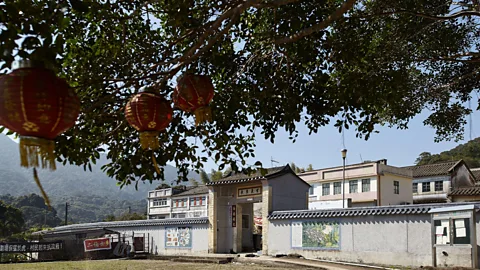 David Sutton/Alamy
David Sutton/Alamy3. Best way to see vintage Hong Kong: Lai Chi Wo
Lai Chi Wo is a village with dozens of abandoned houses that sits within the 150 sq km Unesco Hong Kong Geopark in the northern New Territories region. That means that the only ways to get there are a two-hour hike, each way, or on a small, slow ferry that runs mainly on weekends and public holidays. Whichever way you choose, it's well worth the journey to get a glimpse of wht Hong Kong used to look like before it became the high-rise metropolis that exists today.
"Lai Chi Wo was built jointly by the Tsang and Wong clans and is one of the best-preserved Hakka walled villages in Hong Kong," explained Chen. "The Hakka are a southern Chinese ethnic group who first migrated to the region in the 13th Century."
The overall layout of the almost 200 houses was designed in accordance with fung shui principles, meaning they were carefully placed to be backed by hills and facing the sea to give the village wealth and prosperity.
Chen recommends exploring the nature trail and mangrove forests, "and you can stay overnight in one of the 11 revitalised village houses", she said. They also periodically run ecology tours, although they're mostly in Cantonese.
Fun fact: Be sure to try the rice cakes filled with local vegetables called cha guo that are sold near the visitor centre.
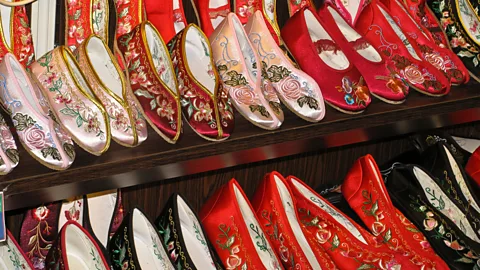 Alan Curtis/Alamy
Alan Curtis/Alamy4. Best souvenirs: Embroidered shoes
Few cities are as passionate about shopping as Hong Kong. Whether in local street markets or glitzy high-end boutiques and malls, seeking out a bargain is a beloved local pastime.
One interesting spot that gets Chan's vote is Sindart, a third-generation traditional shoe designer and maker. Classic, hand-embroidered slippers are their calling card, although they also sell flats and pumps.
"The store is in the Jordan neighbourhood in West Kowloon, meaning it's quite easy to just pop in," said Chan. "It's located in a pretty dead shopping plaza, so it's very authentic, but keeps the prices low. The shoes start from $100 HKD (£10.50), which is a bargain as they're hand-sewn and hand-embroidered."
Lots of people buy their red wedding shoes here to match their Chinese outfits, but Miru Wong, the granddaughter of the original owner, has taken over the craft and launched some contemporary designs.
"I love their traditional slip-ons that you can wear with an all-black outfit, as they give a great pop of colour," said Chan. "The shoes are also lightweight but last, as they're so well made. So, not only are you buying a gift, but it's something that has legacy and history."
Fun fact: From time to time, Wong puts on workshops to teach others some of her tricks of the trade.
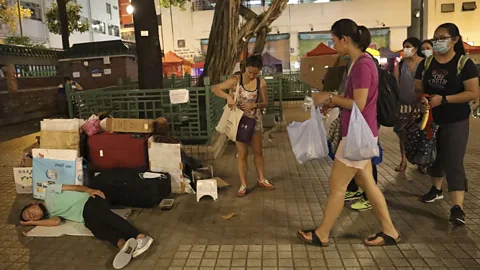 ZUMA Press Inc/Alamy
ZUMA Press Inc/Alamy5. Best way to give back: Take a "Kindness Walk"
Hong Kong is well known for being one of the world's most affluent cities, with more than 125,000 US dollar millionaires – not to mention 32 billionaires. But the city also faces a homelessness problem, with an estimated 1,300 people sleeping without beds every night.
One NGO seeking to help them is ImpactHK, which was set up in 2017 by local resident Jeff Rotmeyer. As part of their efforts to educate people about the issue, they run Kindness Walks that let people see the reality of the problems faced by the city's homeless.
Chan first came across their work when she got a group of school kids together for a visit – "but anyone can pay to join their group walks across a number of different neighbourhoods, including Sham Shui Po, Tin Hau and Yau Ma Tei", she explained. "The walks last between 1.5 to two hours and you come away having learnt how people experience homelessness, what it means and some of the statistics behind it."
She added: "This is absolutely not poverty tourism – obviously no photos are allowed – but it's real and authentic. They're trying to make a real impact as a non-profit and encourage you to talk to people, although, again, only if they are keen to. You can also hand out kindness bags containing food and other essentials."
Chan believes that the walk is both educational and eye-opening. "There's so much money in Hong Kong but then we see the lower-income population and the huge gap between the rich and poor," she said.
Fun fact: Normally you join as part of a larger group, but if you have your own group, you can also do a private Kindness Walk.
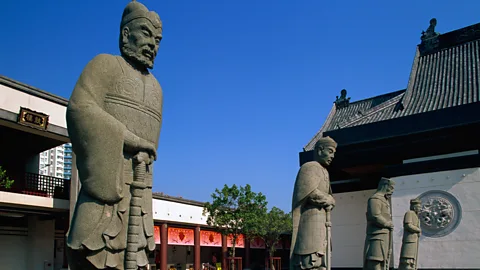 Steve Vidler/Alamy
Steve Vidler/Alamy6. Best religious experience: See Che Kung Temple
Finally, Chan suggests a visit to Sha Tin in northern Hong Kong and the chance to experience one of the city's most famed Buddhist temples: Che Kung.
Though today the temple is a largely modern reconstruction, it originally dates to the 17th Century and the late Ming Dynasty, which ran from 1368-1644. It was built in honour of Che Kung, a general in the earlier Song Dynasty, from 969-1279. Honoured by the emperor for suppressing rebellions, he was subsequently worshipped for his bravery and loyalty following his death.
"Che Kung is a working temple, one of the most visited by worshippers in Hong Kong, especially on his birthday," said Chan. "But it's most famous because every year, during Chinese New Year, a fortune stick is picked on behalf of the fortune of Hong Kong. It's pretty serious, as the luck of the city for the year ahead depends on the stick that they draw!"
The divination ritual is called Kau Chim and is attended by a member of the Hong Kong government. The message on the fortune stick is written in Chinese classical poetry and then interpreted by a fortune teller and feng shui expert. But as Chan explained, anyone just wanting to change their luck can go there too.
"The number one thing that people buy there is a windmill as they are said to blow away bad things in life, including bad luck. There's also a permanent bronze windmill there that, when you turn the blade three times clockwise, changes your luck – hopefully!"
Fun fact: Crowds of worshippers flock to the temple on the third day of the lunar new year to spin the windmill - also known as a wheel of fortune - for a lucky year ahead.
BBC Travel's The SpeciaList is a series of guides to popular and emerging destinations around the world, as seen through the eyes of local experts and tastemakers.
